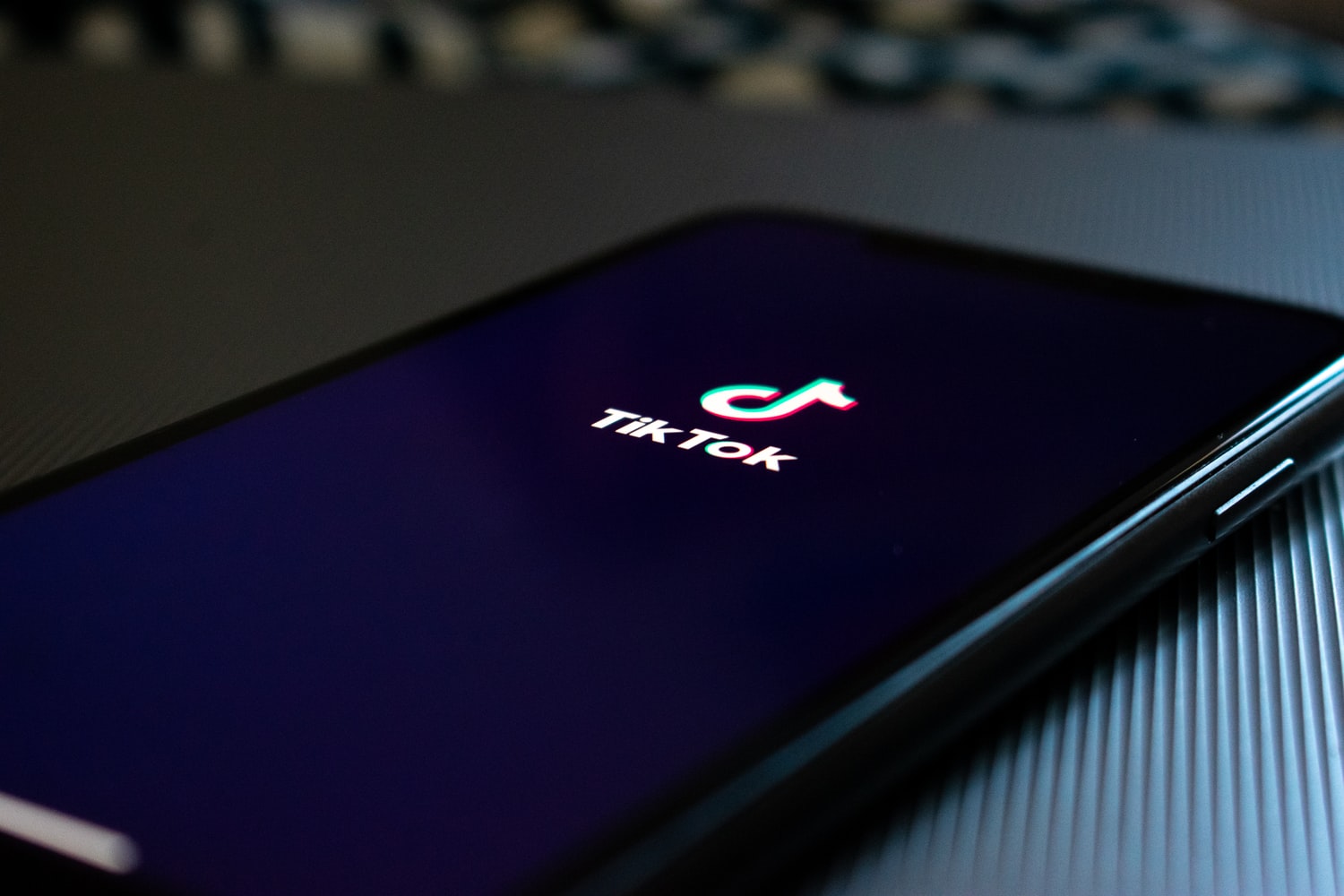The WHO got on TikTok to teach teens about coronavirus

On Friday, the World Health Organization made its debut on TikTok in an effort to combat rampant disinformation about the coronavirus.
The news: The WHO launched its TikTok presence with a video on Friday about what coronavirus is, and a follow-up video on Saturday about when and how to wear a mask. By Monday, the account had garnered nearly 162,000 followers and 1.2 million likes.
The WHO doesn’t quite get it: While TikTok is known for its punchy short loop videos featuring pranks, sarcasm, and dancing, the WHO’s launch on the platform was rather stoic. In the first video, Benedetta Allegranzi, the technical lead of infection prevention and control, simply runs through basic facts about the coronavirus. It’s all very “public service announcement” in tone. The second video is plainer still, featuring some elevator music and slides detailing when and how a person should wear a face mask, with a demonstration by April Baller of the WHO Health Emergency Program.
We shouldn't mock. The WHO joining TikTok is important. As we reported last month, misinformation is rampant on social media, with videos of teens faking the coronavirus, snowballing conspiracy theories about the source and spread of the virus, and general racism and xenophobia. That’s made it tough for people to figure out what’s reliable and true. An attempt to reach teens on the dominant video platform makes sense.
What else? Searching for coronavirus-adjacent terms on TikTok leads to a banner page titled “Prevent coronavirus: Learn the facts about coronavirus,” with credible links to more information organized by country.
Keep Reading
Most Popular
Large language models can do jaw-dropping things. But nobody knows exactly why.
And that's a problem. Figuring it out is one of the biggest scientific puzzles of our time and a crucial step towards controlling more powerful future models.
The problem with plug-in hybrids? Their drivers.
Plug-in hybrids are often sold as a transition to EVs, but new data from Europe shows we’re still underestimating the emissions they produce.
Google DeepMind’s new generative model makes Super Mario–like games from scratch
Genie learns how to control games by watching hours and hours of video. It could help train next-gen robots too.
How scientists traced a mysterious covid case back to six toilets
When wastewater surveillance turns into a hunt for a single infected individual, the ethics get tricky.
Stay connected
Get the latest updates from
MIT Technology Review
Discover special offers, top stories, upcoming events, and more.